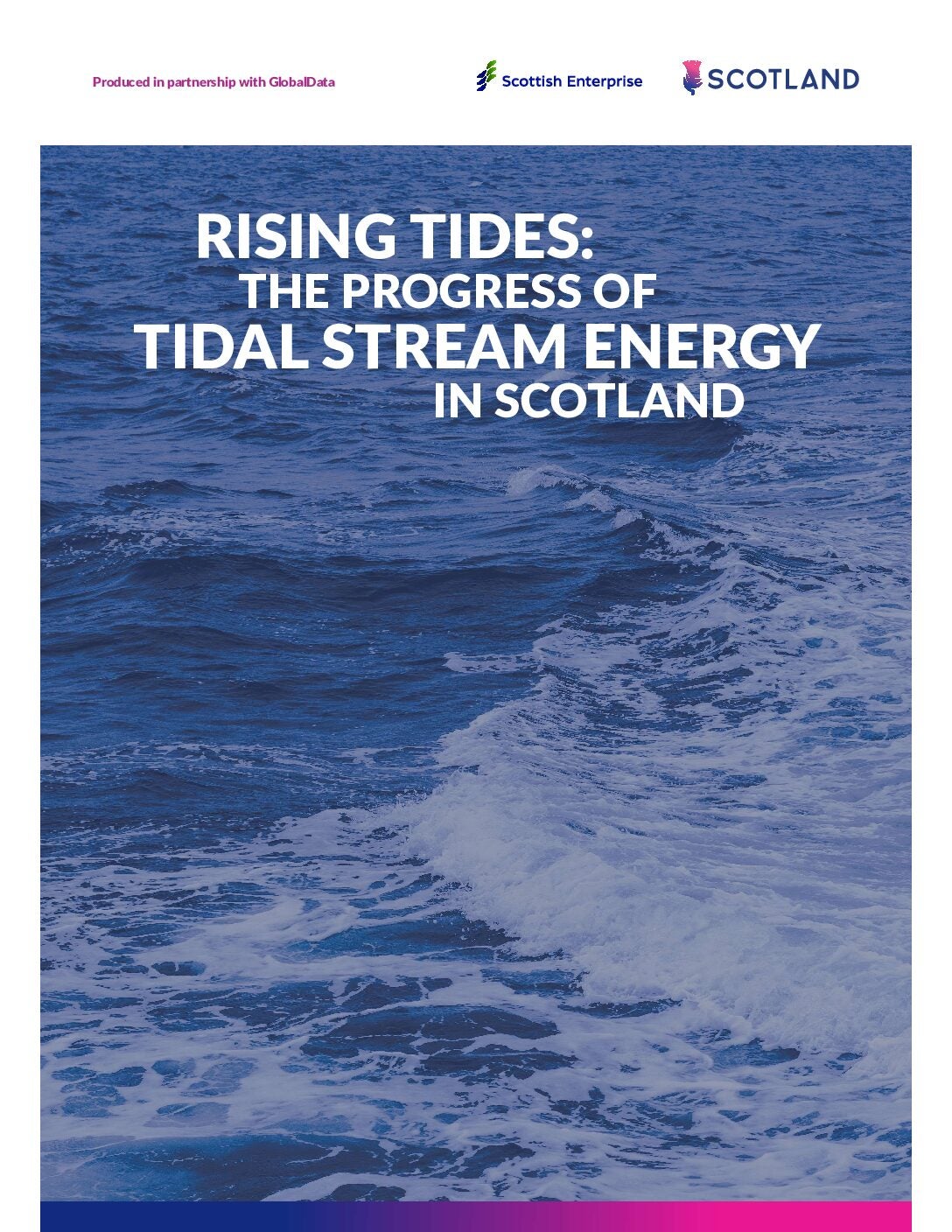
The US election will represent a watershed moment for energy policies as the country looks set to embark either on a “fracking revolution” or a green one.
The priorities of the two (presumed) presidential candidates differ dramatically, and it is the weight of voters’ wallets that is likely to be the deciding factor.
Members of the US public are generally feeling the squeeze, and tougher times have pushed priorities away from eco-consciousness and towards energy dominance, with the employment and investment that represents.
As the world moves towards greener technologies, Biden’s administration is banking on long-term security by making the US a green leader. Under Trump, Republicans would be likely to back dominance and immediate security through a “drill, baby, drill” approach.
Bifurcated priorities: Trump versus Biden
According to Arthur Herman, senior fellow and director of the Quantum Alliance Initiative at Hudson Institute, energy dominance is Trump’s trump card.
“With Donald Trump, he has been very upfront about his strong push to renew US energy dominance through oil and natural gas and through the fracking revolution,” Herman tells Power Technology. “In the current economic environment, I think that putting the emphasis on jobs, on incomes and on energy dominance is a strategic advantage, as well as an economic one. It is going to outshine any environmentalist concerns that the general public and public opinion has right now.”
Trump’s plans for US energy security stand in opposition to those of the Biden administration, which has pushed comparatively green policies since the Democrats won the election in 2020.
Biden’s clean energy priorities have been mainly characterised by the Inflation Reduction Act (IRA), which was signed into law in August 2022. It looks to combat inflation and achieve a reduction of around 40% of greenhouse gas emissions. It is widely considered to be Congress’ most significant action on clean technology thus far.
The IRA also designated $11.7bn for the Loan Program Office and provided $5bn for the Energy Infrastructure Reinvestment Program to support up to $250bn of loans guaranteed for projects that improve energy infrastructure.
The early impacts of the IRA are already observable. “US Big Oil has shifted gears to take advantage of its lucrative tax credits,” according to Clarice Brambilla, energy transition analyst at Power Technology‘s parent company GlobalData.
Brambilla notes that in 2023, ExxonMobil shared its plans to become a leading lithium supplier for electric vehicles (EVs) by 2030, and Occidental Petroleum agreed to acquire Canadian direct air capture start-up Carbon Engineering for $1.1bn (C$1.5bn).
Considering a broader comparison of Trump and Biden, she says: “Generally, a Democratic win would mean a continuation of legislation in favour of green technology investments such as the IRA.
“On the other hand, if Trump wins, the clean energy priorities of fossil fuel and mining firms (carbon capture and storage, other carbon removal tech, hydrogen, nuclear, geothermal, critical minerals) are likely to be favoured over other clean energy segments (offshore wind, for example) that saw their permitting stalled under Trump’s first term.”
It is an approach that Trump himself has expressed succinctly in what was once Michael Steele’s phrase: “drill, baby, drill.”
In May, it was reported that Trump had promised to reverse Biden’s environmental regulations if top US oil bosses would provide $1bn in funding for his campaign. The offer would be in line with his previous leniency for the oil and gas sector: in May 2019 his administration passed the rollback of safety regulations for offshore drilling, brought in by Barack Obama after the Deepwater Horizon explosion. Later, in August 2020, the Trump administration rolled back regulations on methane emissions, so that the Environmental Protection Agency would require leak monitoring but not for methane gas directly.
Herman believes that Trump’s focus on an “enormous economic resource that is waiting to be tapped”, will lure voters who have felt the pinch under Biden. He offers the example of Wisconsin, which has historically been a major source of fracking sand. The expansion of oil and gas fracking would spell good news for the state and might seem more appealing to its undecided voters than the promise of further environmental regulation.
Considering these climate-conscious regulations, Herman says: “They sell well when people are feeling prosperous and have time and leisure to think about the big existential issues. Now, we face a time when young people can’t buy a house in this country, when affording an automobile looks more and more like a financial stress, when credit cards are maxed out because people have to use them in order to pay their food and gas bills.
“You are going to see a very different perspective brought to bear in the election – it is going to be about issues to do with the economy, not with climate change.”
Where will the US invest?
According to Kenneth B. Medlock III, the James A. Baker, III, and Susan G. Baker fellow in energy and resource economics at the Baker Institute: “The biggest challenge is infrastructure.”
He highlights: “There are many points of friction for developing infrastructure,” including “opposition by landowners and local communities to regulatory siting hurdles to financing in an environment with multiple types of risk, to name a few. There are also federal hurdles associated with infrastructure expansion.”
While future priorities will differ according to who resides in the White House post-election, Medlock argues that policies supporting continuous and consistent investment in the US’ energy infrastructure remain essential if the US intends to build its energy sector into a reliable global powerhouse.
“To address such a fundamental problem, there needs to be clarity and continuity in policies that impact capital allocation decisions by firms,” he says. “If there is any uncertainty or perceived risk that the rules could change, it will delay projects and could even result in outright cancellations, because capital will be shifted to other ventures that face less burden. Capital always chases returns – always has and always will. Policy must reconcile with this if the full desired impact is to be achieved.”
It is a point echoed by Aimee Curtright, senior scientist and professor of policy analysis at Pardee RAND Graduate School. Considering how the energy policies of the next US Government – whether red or blue – can support sustainability after the election, she highlights the need to “include both big ideas – tech hubs – and the small and less sexy ones – building energy efficiency.”
She adds: “Focus should be on job creation, health benefits, etc. Even if you aren’t worried about the record heat this summer (which you should be…) you should be interested in improved air quality and a future-proof economy.”
Securing the US as a global energy leader is not a straightforward task, however, as currently it significantly lags behind its rival China. In 2024, GlobalData predicts that China will generate 3,377.71 terawatt-hours (TWh) of power from renewable sources, while the US will generate 1175.05TWh – a little over a third of China’s total.
Both Trump and Biden will be keen to tip this balance of power. For some voters, Trump’s promise of investment in oil and liquid natural gas (LNG) will appear to be the ticket to energy security this election, while others will hope that policies supporting investment in green technologies will prepare the US for longer-term leadership.
“Specific areas of the energy sector that have proved contentious will likely be a focus for both parties in the run-up to the election,” explains Francesca Gregory, senior energy transition analyst at GlobalData.
“For example, the Biden-Harris Administration stoked concerns for worldwide energy security when it paused approvals for new LNG projects in January in a bid to appeal to climate-conscious voters. As the election draws closer, various promises surrounding the transition fuel are highly likely as both parties try to contend with an increasingly environmentally conscious voter base that is simultaneously concerned with the US’ profile on the world stage as the leading supplier of LNG.”
The election will see both parties campaign on policies promising energy security in the US. The wealth and employment associated with LNG fracking will attract some voters to the Republican side, while the long-term economic potential of developing clean power will entice others. It is the latter that Biden is betting on, as proven by his administration’s consistent commitment to offshore wind.
Gregory states that Biden’s “initial target of achieving 30GW of offshore wind capacity by 2030 appears increasingly unlikely, with project cancellations, rising costs under inflation and the availability of installation vessels plaguing the sector,” but notes that “the current administration has still had some small successes”.
In April, the Biden-Harris administration announced the approval of its eighth commercial offshore wind project, making the administration’s total added capacity 10GW. Gregory calls it “no small feat”, considering the US’ previously slow adoption of the technology.
Under Trump, offshore wind would likely drop to the bottom of the priority list – if it makes it on at all. Trump has a record of spreading misinformation disparaging the technology. At a 2023 rally in South Carolina, he falsely claimed that offshore wind was responsible for an increase in whale deaths along the East Coast, stating: “The windmills [meaning turbines] are driving them crazy. They are driving the whales, I think, a little batty.”
Considering the future of US energy, Herman “would like to see more government funding and government support”, adding that “it really needs to go into research and development, on key breakthroughs in clean, renewable technologies”.
However, he premises this with an acknowledgement that the transition “could be pushed in the wrong way and have a dangerous impact. It needs to be really slow, or it may actually bring the transition to a halt.”
“Let’s do a Manhattan Project on clean renewables but a Manhattan Project which is not about forcing people to buy EVs or closing down assembly lines that make internal combustion engines,” he says.
“It is about saying: ‘Let’s do these laboratory experiments in ways to make real breakthroughs in clean renewable energy and technology and to make those scalable, so that they become an essential part of the economy’ before we start forcing consumers and economic institutions to take these on.”




